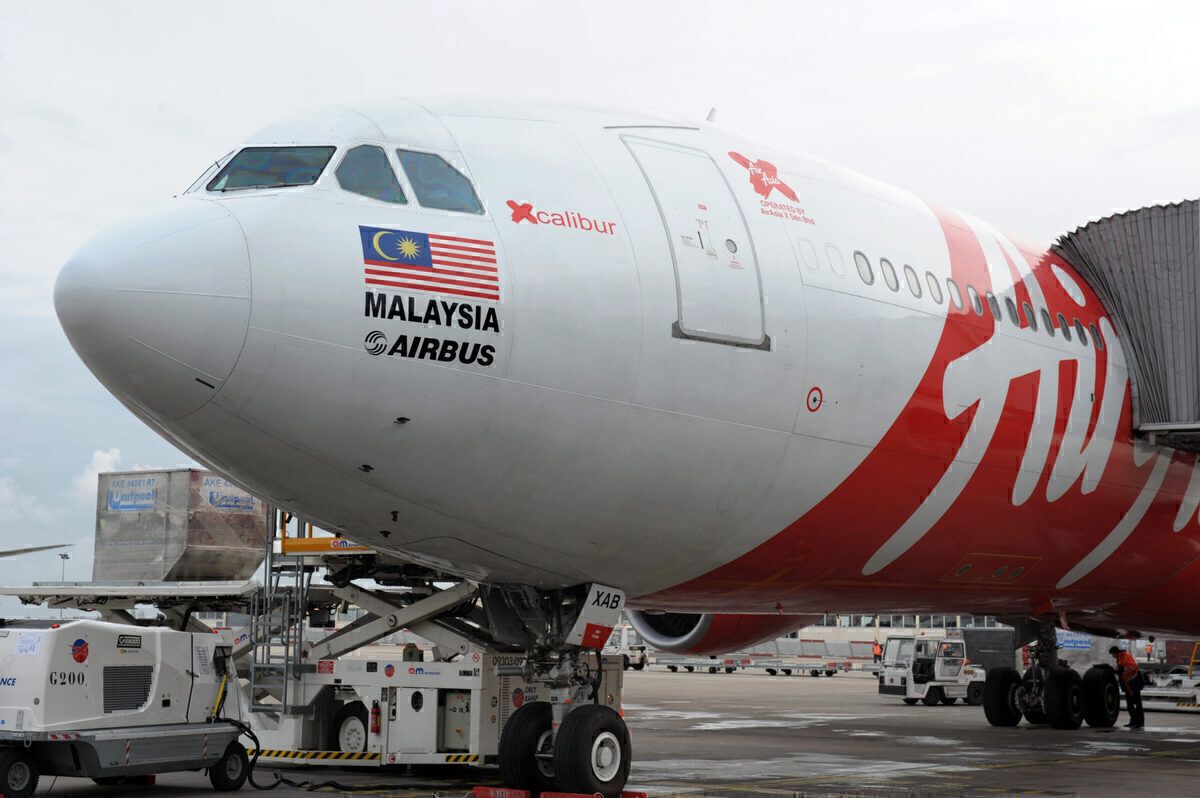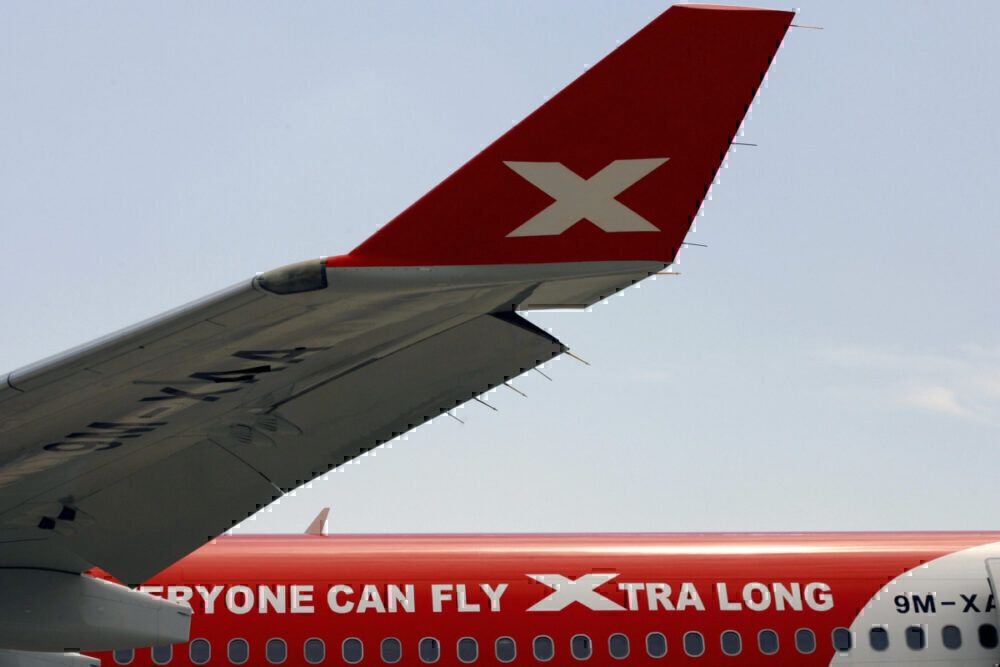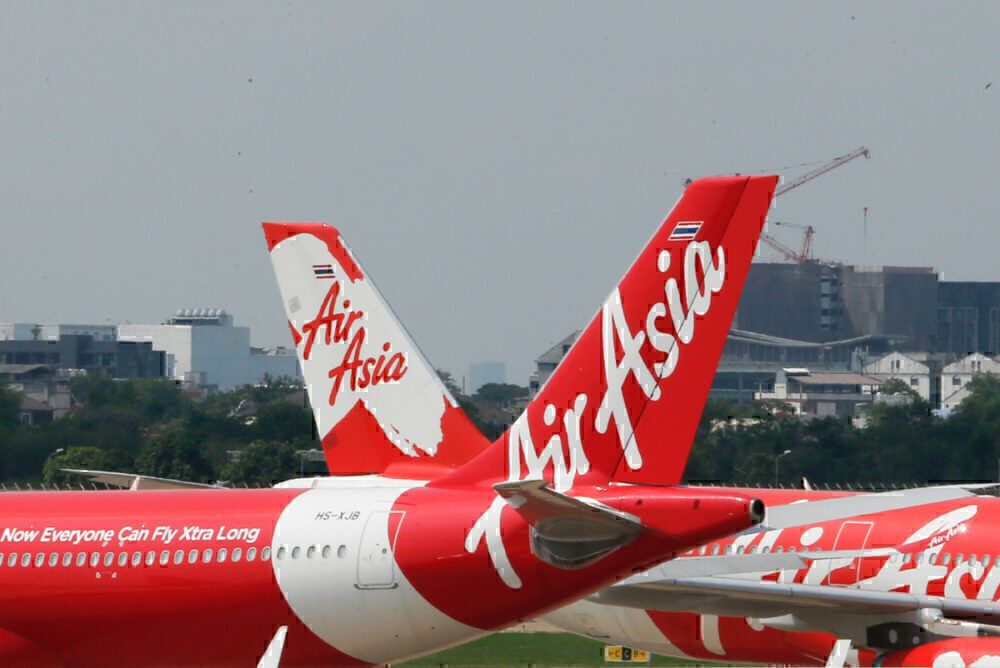Struggling long-haul low-cost airline AirAsia X may have finally scored a much-needed break. The majority of aircraft lessors are backing a restructuring plan that would minimize their losses on aircraft leases. If AirAsia X can get enough creditors to agree to their restructuring plan, it will end months of deadlocked negotiations.
Stay informed: Sign up for our daily aviation news digest.
AirAsia X attempts to wrangle 20 irate aircraft leasing companies
AirAsia X last reported financial figures were for the September 2020 quarter. The airline posted a US$75 million loss for that quarter, with revenue dropping 94%. AirAsia X had also lost significant amounts of money in the previous quarters last year. The airline flew long-haul international routes, but the travel downturn grounded the fleet. A year into the downturn, only one of AirAsia X's 22 Airbus A330-300s is in service.
In their audit report of July 30, 2020, AirAsia X's auditors Ernst & Young issued a warning. They questioned AirAsia X's ability to continue as a going concern. It was all downhill for AirAsia X from there.
AirAsia X sources its aircraft from some 20 lessors. Among them are BOC Aviation Ltd, AerCap, ICBC Leasing, Kayan Aviation, Aviator Capital, Castlelake, Aircastle, Minsheng Financial Leasing, and Macquarie AirFinance. In September, BOC Aviation Ltd started legal proceedings over late lease payments.
In October, AirAsia X announced a restructuring plan. The airline wanted to cut jobs and "right-size" the fleet in an attempt to salvage AirAsia X's fortunes. Since then, AirAsia X has been tied up in negotiations with scores of creditors (not just lessors) as it attempts to shepherd a restructuring deal through Malaysia's courts.
AirAsia X wanted to wipe over 99% of its debt
It hasn't been an easy road. Aircraft lessors, many of them over giving airlines an easy ride throughout 2020, played hardball with AirAsia X. But by January, AirAsia X had most of the lessors onboard. At the time, Reuters reported 15 of the 20 aircraft lessors agreed to keep working with the airline rather than see it fold.
Among the holdouts were BOC Aviation Ltd and Malaysia Airports Holdings Bhd. They said AirAsiaX was "hopelessly insolvent." How insolvent? The airline is carrying about US$15.9 billion in debt and currently has no way of paying it. Part of AirAsia X's restructuring plan was to wipe that debt down to around US$50 million.
Understandably, most of AirAsia X's creditors weren't keen on seeing the airline walk away from its obligations. In January, the airline has 128 planes on order at Airbus. The European aircraft manufacturer said they stood to lose as much as $5 billion if AirAsia X's debt reduction deal got the green light.
A neat solution to a long-running problem
But now, AirAsia X suggests separate restructuring plans for different groups of creditors. Malaysia Airports Holdings Bhd and Airbus would both be dealt with under their own restructuring plans. AirAsia X wants to deal with everyone else, including the aircraft lessors, via a third restructuring plan.
Most of the aircraft lessors are onboard because the separation of creditors has the lessors potentially recovering around 60% of what's owed. That's a fair better option than taking a slice of the previously proposed $50 million pie.
In the current environment, most of the lessors can't re-lease any recovered AirAsia X aircraft. For the lessors, it's a simple, pragmatic decision. Is it better to get something or nothing out of AirAsia X? Most would prefer something.
Airbus also appears largely onboard with the debt separation proposal. For the aircraft manufacturer, selling some aircraft down the track (even if the current order is reduced) is better than selling none. Nonetheless, of all AirAsia X's creditors, Airbus is the most exposed.
What's your opinion of AirAsia X surviving the travel downturn and continuing to operate? Should the creditors just cut their losses and walk away from the airline? Post a comment and let us know.



